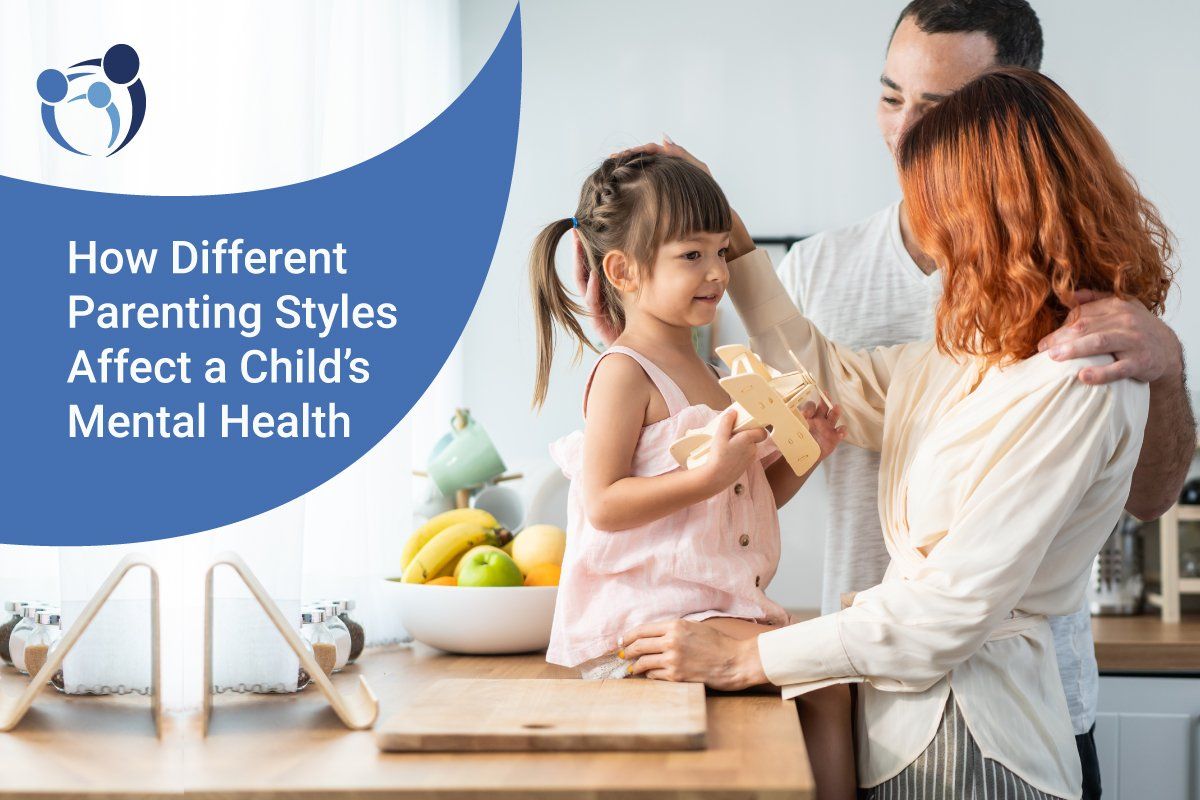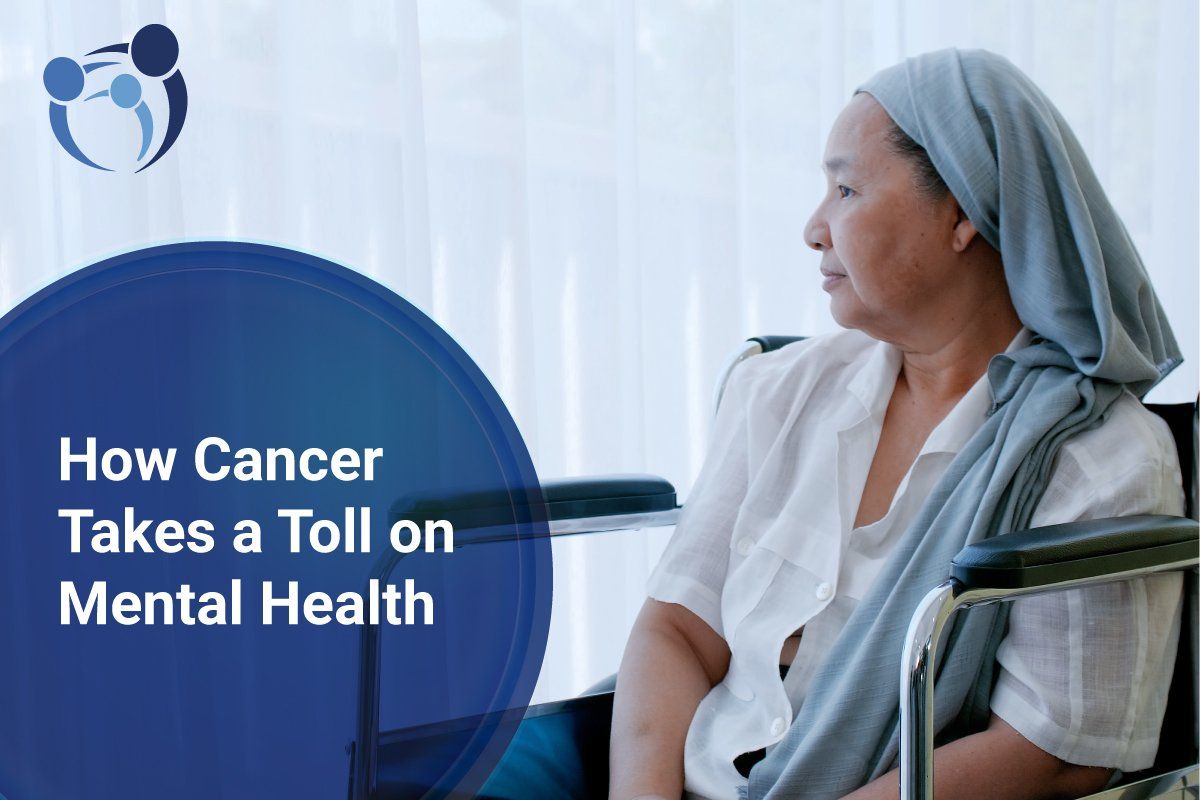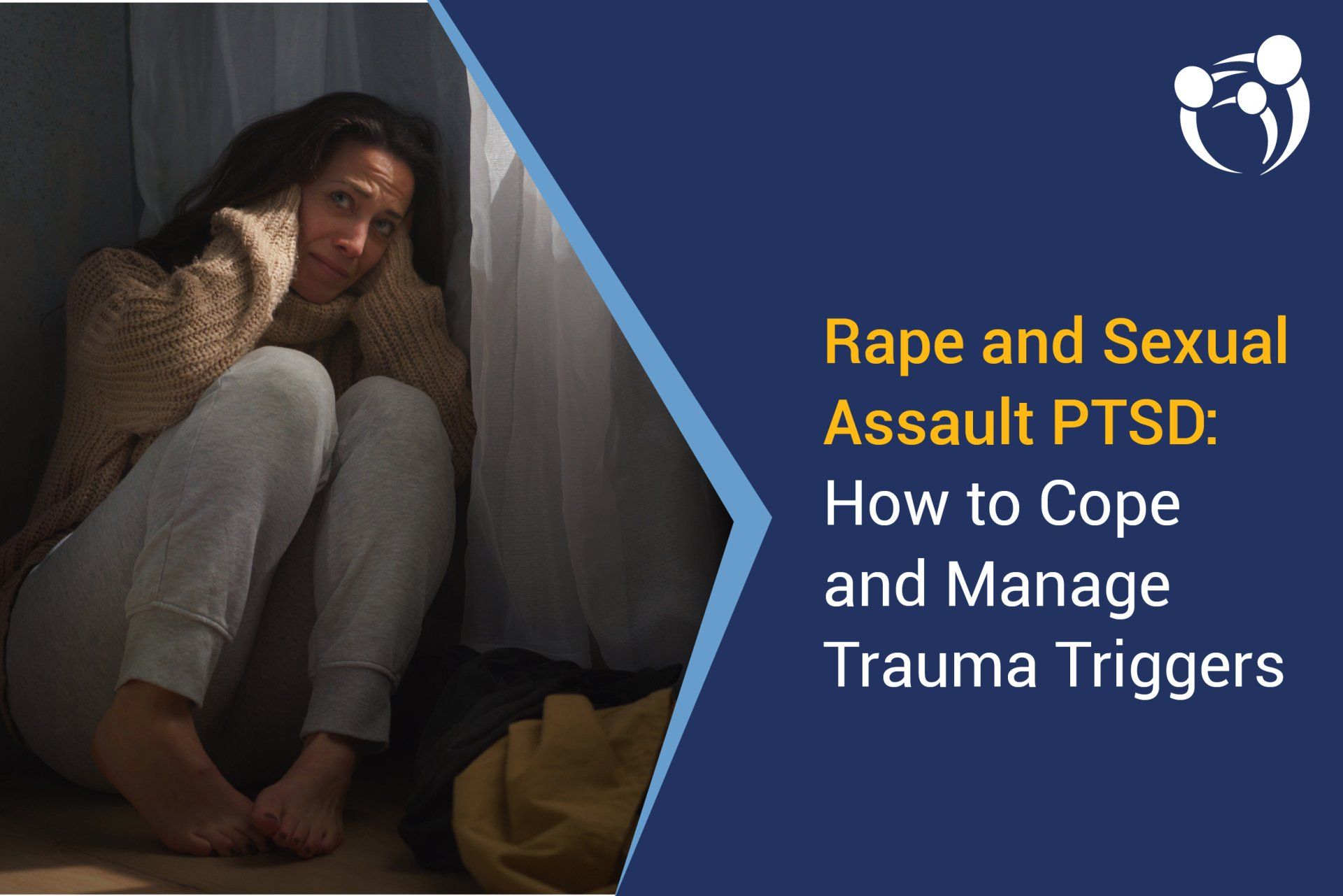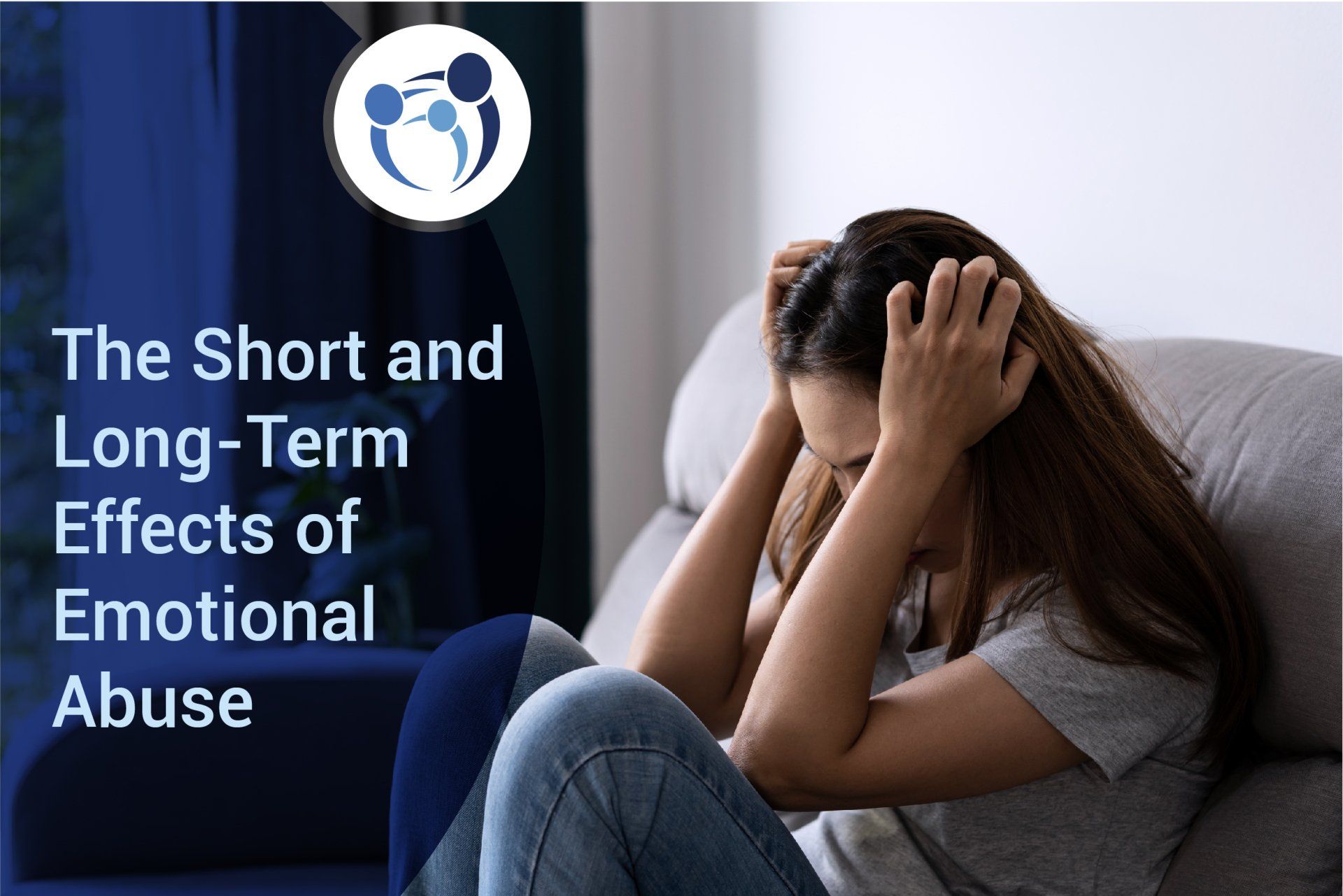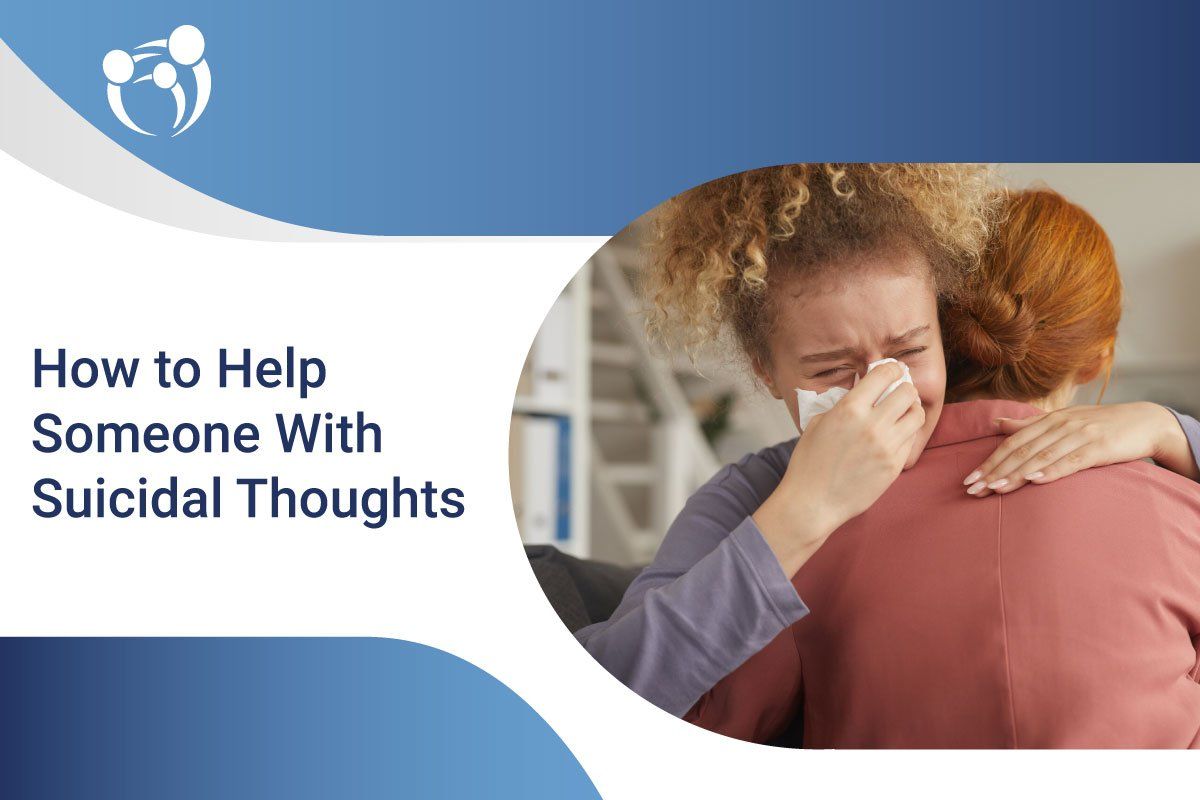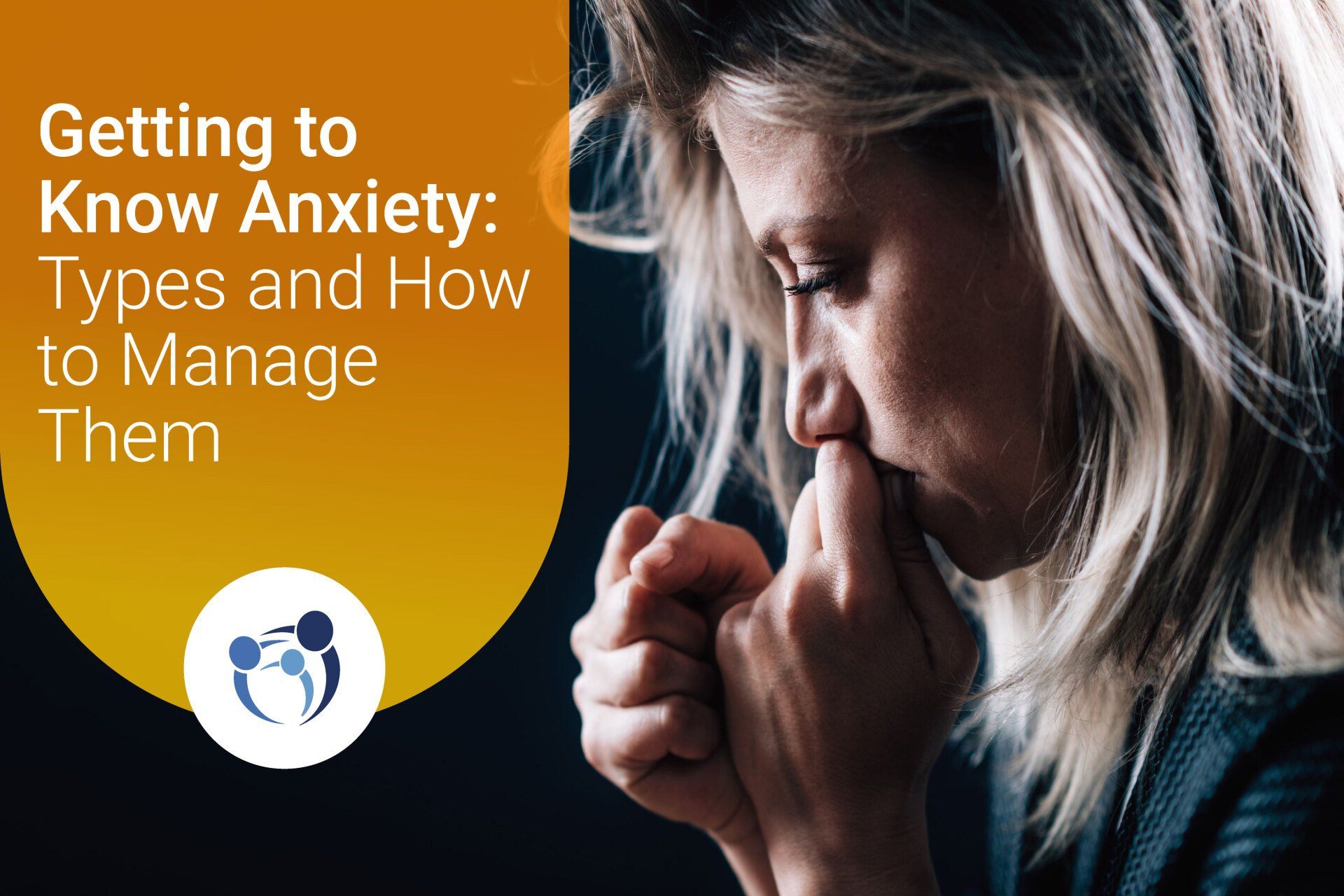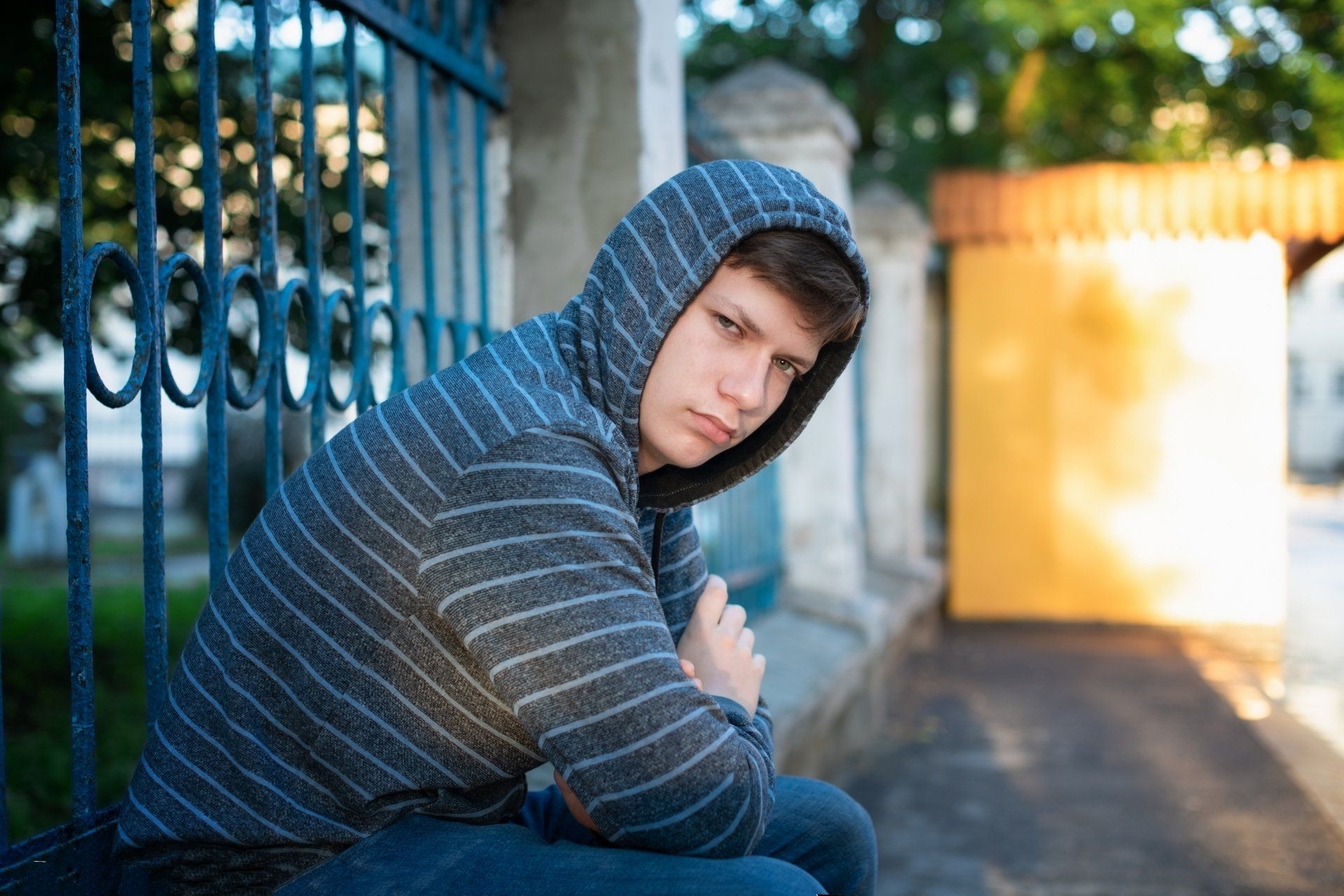As the challenge of finding the most effective behavioral therapy for at-risk teens becomes more prominent, multisystemic therapy is quickly leading the way in treating chronic juvenile offenders.
Many troubled teens’ behavioral problems don’t stem from a single event or factor. In fact, their behavioral problems are often multidimensional and must be confronted as such. Traditional behavioral therapy for at-risk teens focuses on one influence: family, peer groups, school, community, or the individual’s characteristics. However, there is a multisystemic therapy arriving on the scene.
Multisystemic Therapy, often referred to as MST, is providing new hope for at-risk youths with serious behavioral disorders, as it focuses on multiple influences in young people’s lives. While MST is the only treatment to be included in the Surgeon General’s Report on Mental Health under Home-Based Services, it is also highlighted as an effective treatment program for adolescent criminal offenders.
What Is Multisystemic Therapy?
Based on Bronfenbrenner’s social-ecological framework, MST assumes an individuals’ behaviors are influenced by multiple social systems (both directly and indirectly). It is thought that at-risk youth are dysfunctionally embedded in their family, peer, school, and community systems. But, these systems are reciprocal in nature -- individuals are both influenced by these systems and have an influence on these groups.
This unique evidence-based behavioral therapy system was originally developed to address multiple risk factors mentioned above to mitigate the progression of at-risk youth to out-of-home placement or incarceration. Those with serious offenses, delinquency, substance abuse, and parental physical abuse and neglect were considered at-risk in several of the studies conducted on MST.
How Is MST Different From Traditional Behavioral Therapy?
Prior to MST, interventions for at-risk youths focused on one or a few risk factors. This strategy produced few positive outcomes. From the narrowly focused treatment options to the level of self-commitment necessary to see results, there appear to be too many roadblocks for teens. Completion rates for traditional behavioral therapy are low, making it all too common for these individuals to relapse back into risky behaviors.
Incarceration is also not the best option for these individuals. While they may have had the discipline and structure needed outside of their previous ecology, that structure fades away once back with family, peers, and other social groups.
However, MST employs a home-based model, adapting specifically to where problems occur. Such service removes barriers to treatment common to traditional outpatient settings. For instance, removing the high level of self-commitment such as transportation, childcare search, and restricted hours of operation.
Further, MST provides a personal level of care by building rapport in-home, observing the individuals in real-world settings, and limiting therapists’ caseloads to 4-6 families at a given time. Families have access to an MST team 24/7 through an on-call rotation, allowing for more convenient scheduling, effective crisis management, and more.
How Effective is Multisystemic Therapy?
In South Carolina, Henggeler and colleagues reported the results of a randomized control trial of 43 families over an average of 13.4 weeks. MST sessions typically lasted between 15 and 90 minutes and were held weekly or as frequently as daily. The service-as-usual (control) group received court orders of curfews, school attendance, and program participation, which were monitored by probation officers.
The results at 59 weeks post referral showed the Multisystemic Therapy treatment group had almost half the number of rearrests than the comparison group. Additionally, the treatment group reported significantly lower peer aggression than those simply undergoing traditional treatments.
A more recent independent study was conducted by Timmons–Mitchell, and colleagues to examine recidivism, the likelihood to re-offend. At the 18-month posttreatment follow-up, researchers noted a 66.7% recidivism rate for the MST group, significantly lower than the treatment-as-usual group of 86.7%. MST participants were also arrested and arraigned for new charges significantly fewer times compared to the TAU group (1.44 times compared to 2.29).
As well, the MST group showed significantly better school and work performance at the 6-month follow-up.
Is MST the Best Behavioral Therapy for At-Risk Teens?
Multisystemic therapy is an intensive community-based treatment program addressing all environmental impacts on high-risk youth. This type of full-coverage care involves clinicians traveling frequently, staying on call regularly, and working intensively to empower caregivers and youths.
As well, MST therapists work to help those connected to the at-risk individual to help focus on school, gain job skills, introduce alternative recreational activities, and more.
This is an in-depth treatment plan that some communities or families may not be able to afford, however, the cost is well worth the results. Clinicians spend up to 300% more time within the youth ecology with a 90% completion rate (compared to alternative treatment models touting 50% completion).
As well, at-risk teens saw 33% fewer days incarcerated over the following 22 years. These benefits don’t just stay with the individual, either. Families that underwent MST saw a 40% reduction in overall sibling arrest rates, a 55% reduction in sibling felony arrest rates, and 94% fewer caregiver felonies.
Every situation is different, and that is what makes multisystemic therapy a unique and effective plan when compared to traditional therapy for at-risk teens.
A Center for Mental Wellness offers therapy solutions for you and your family.
Contact us today to make an appointment or to learn more about how we can help. #BuildingABetterTomorrow



